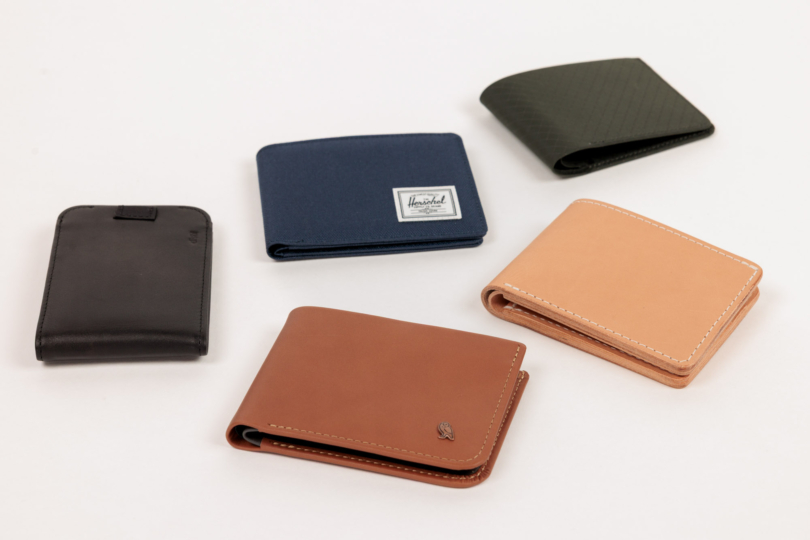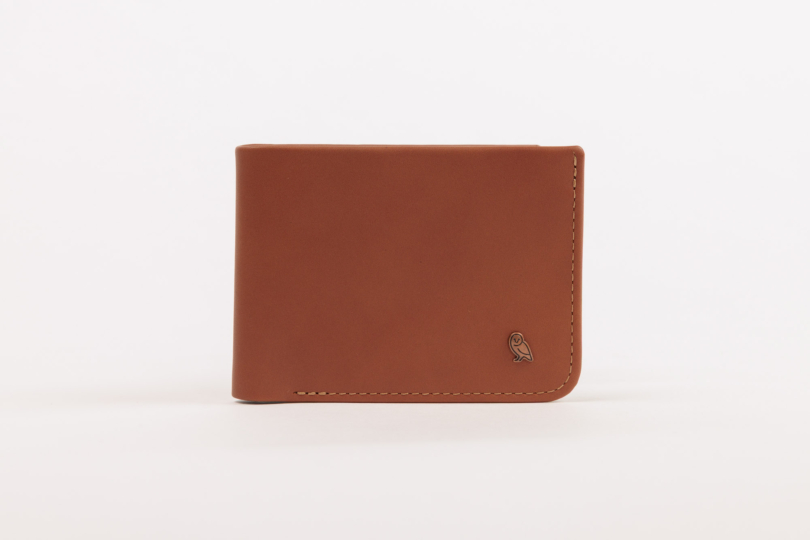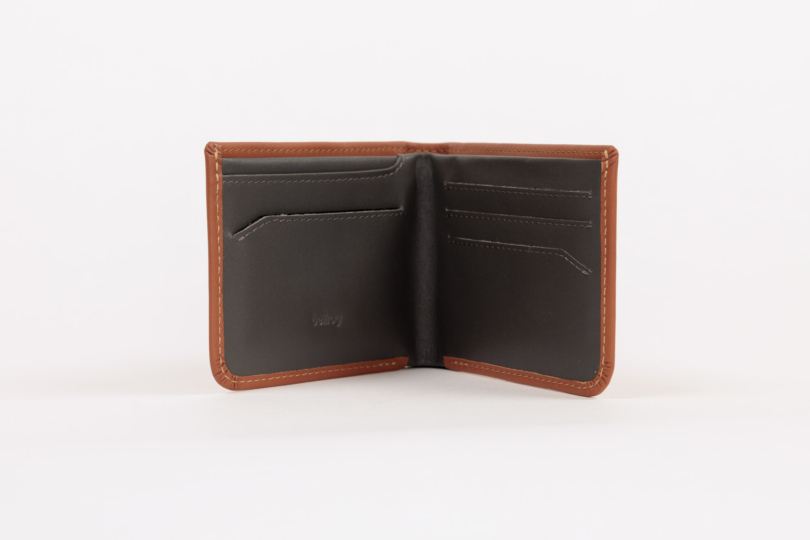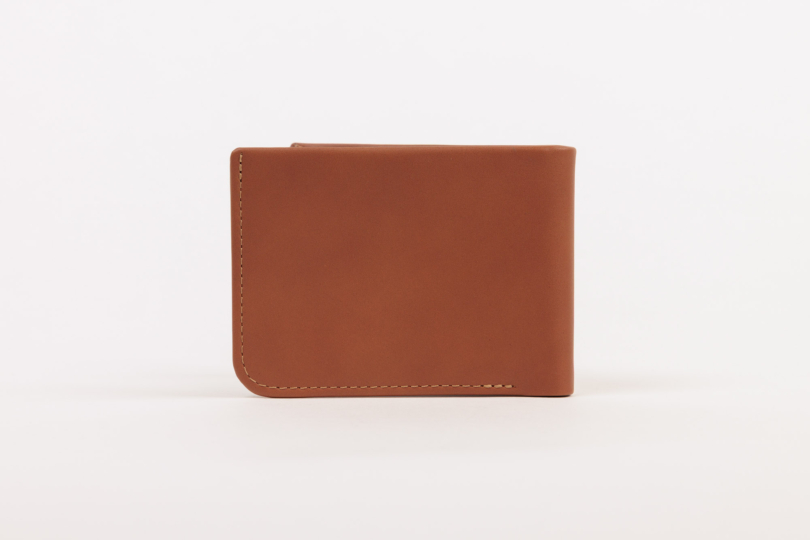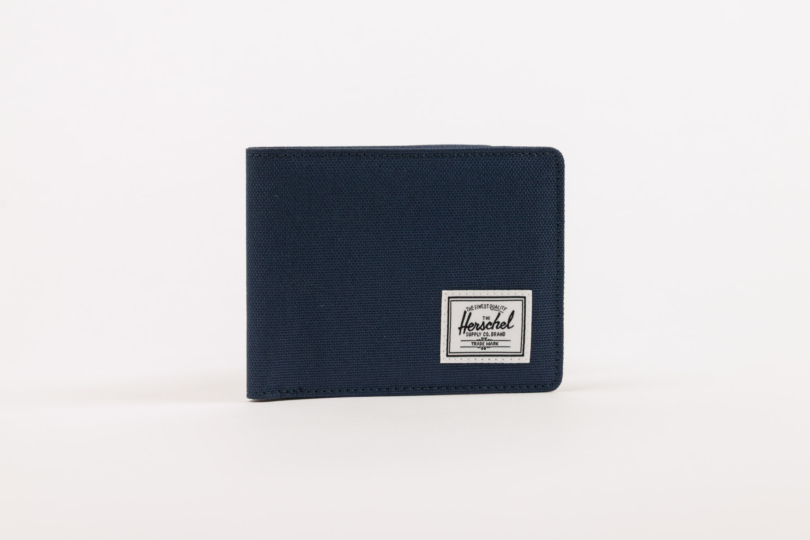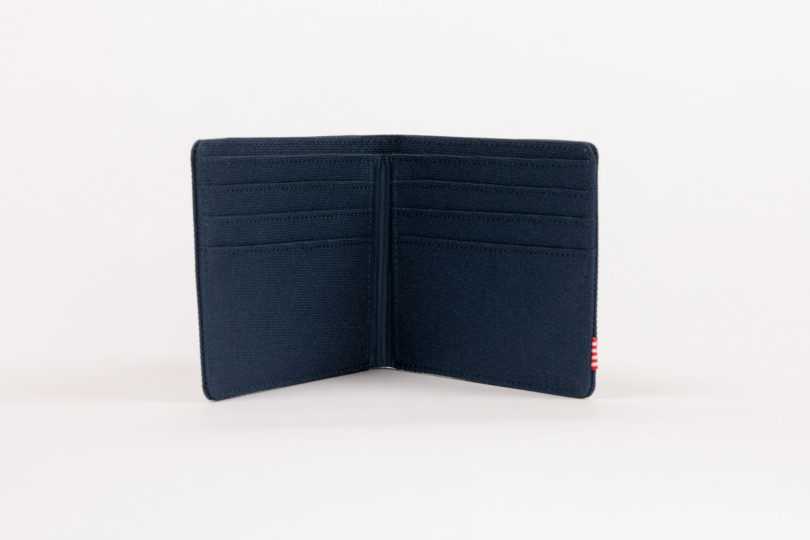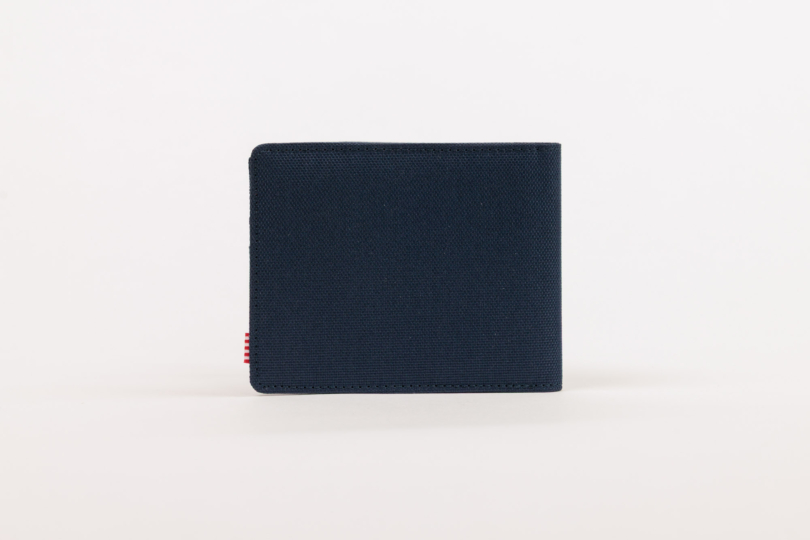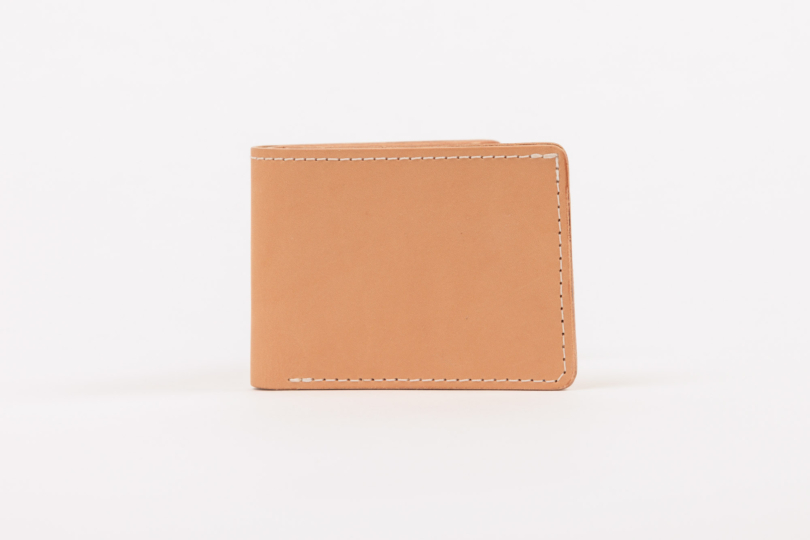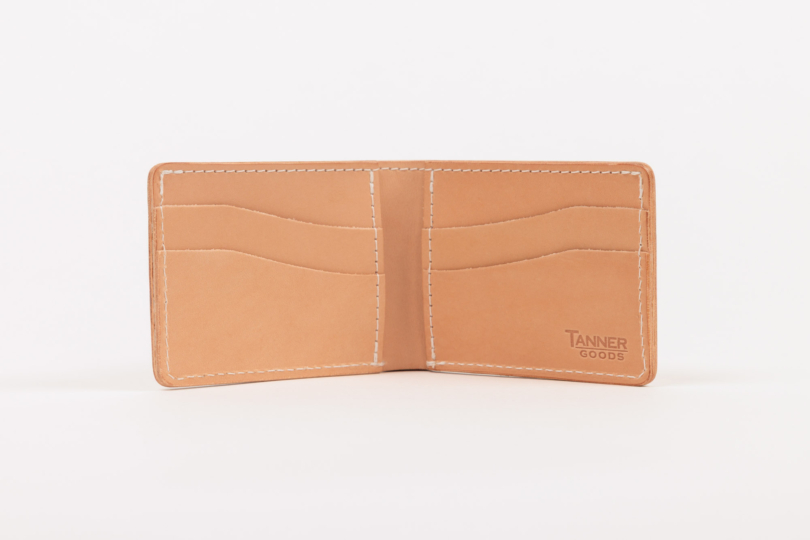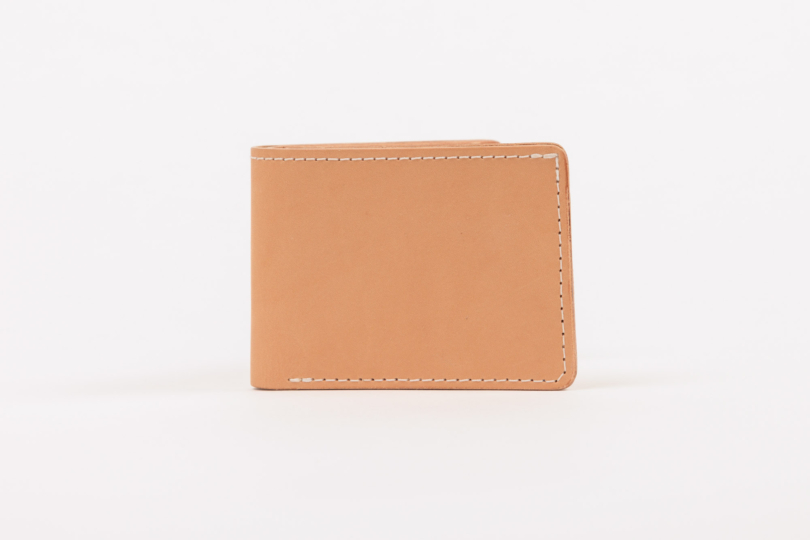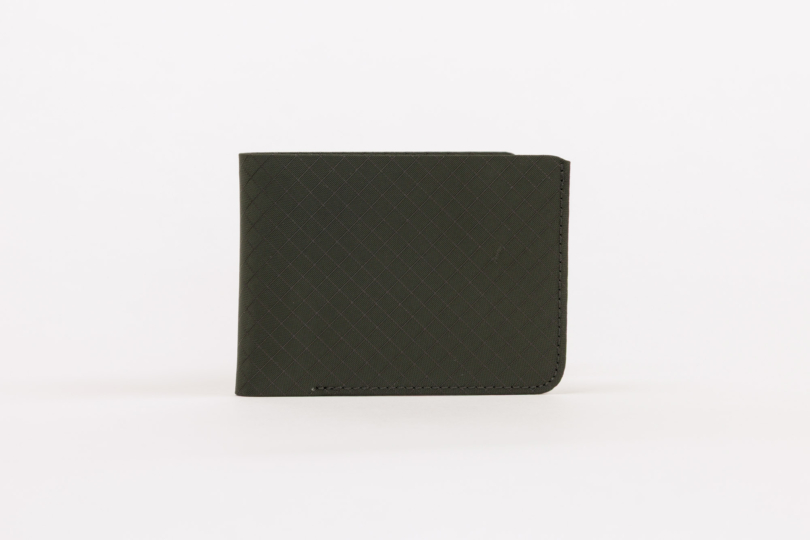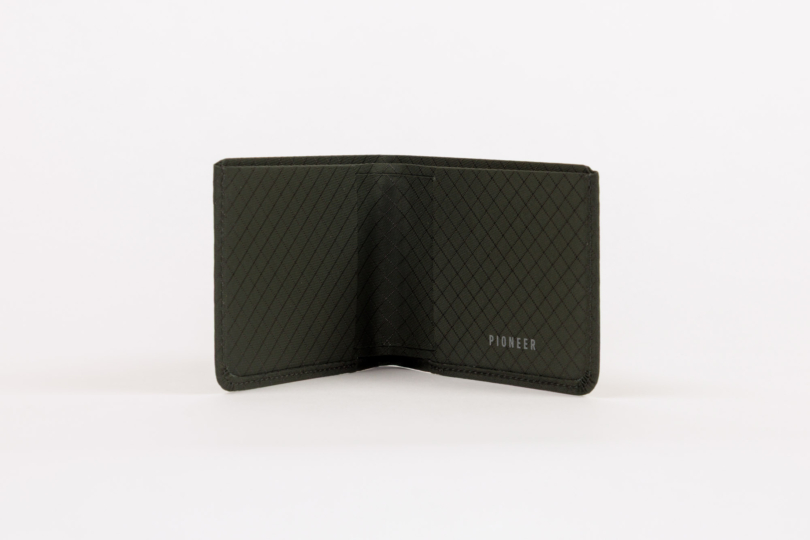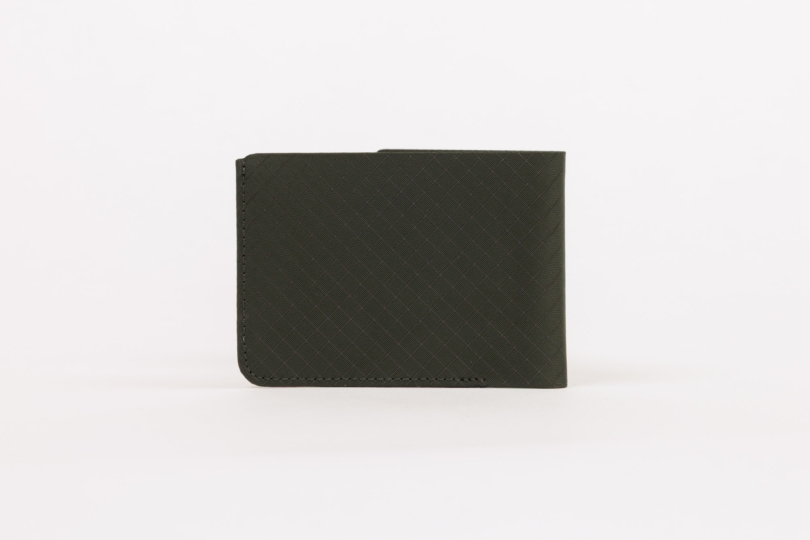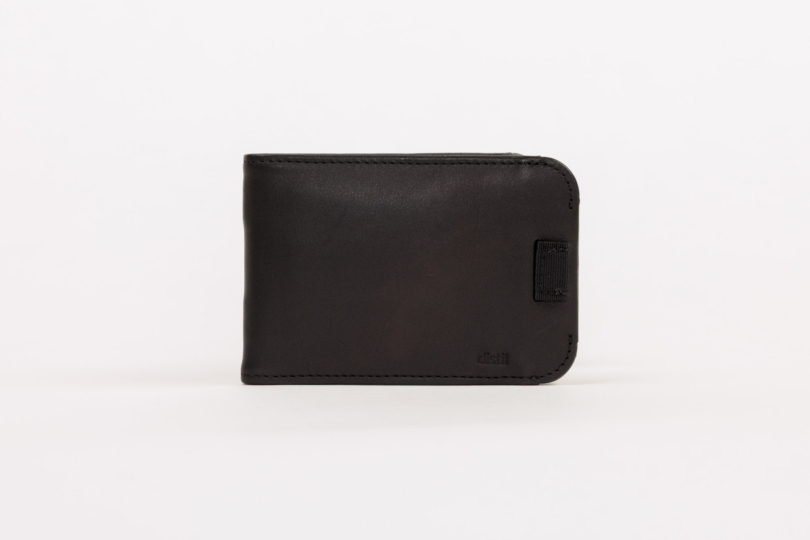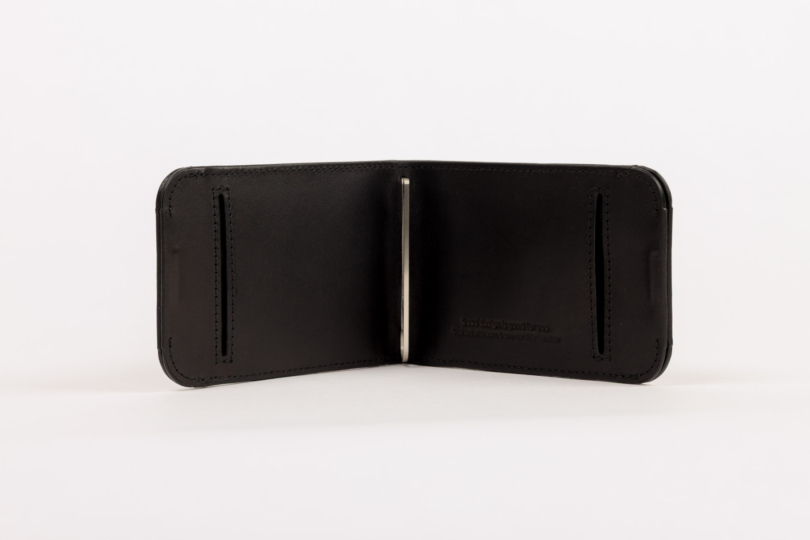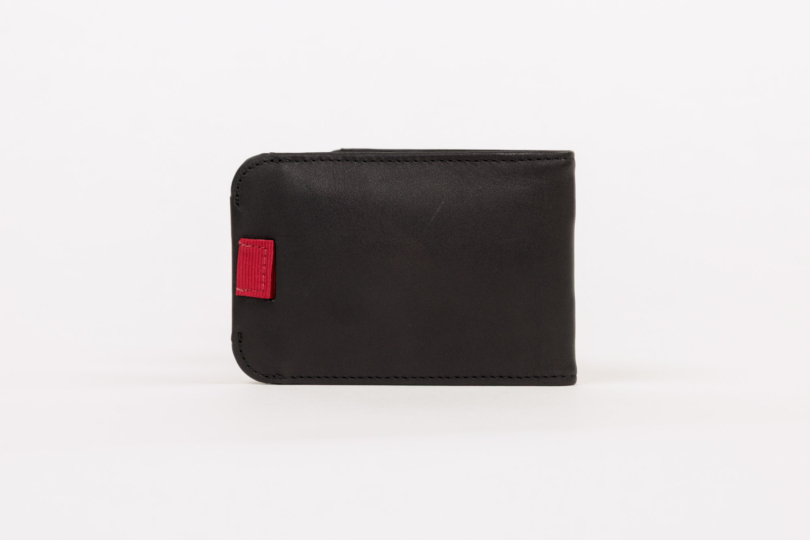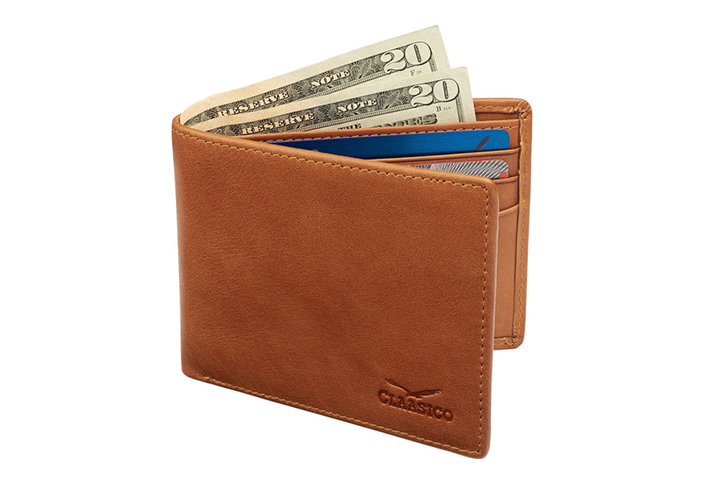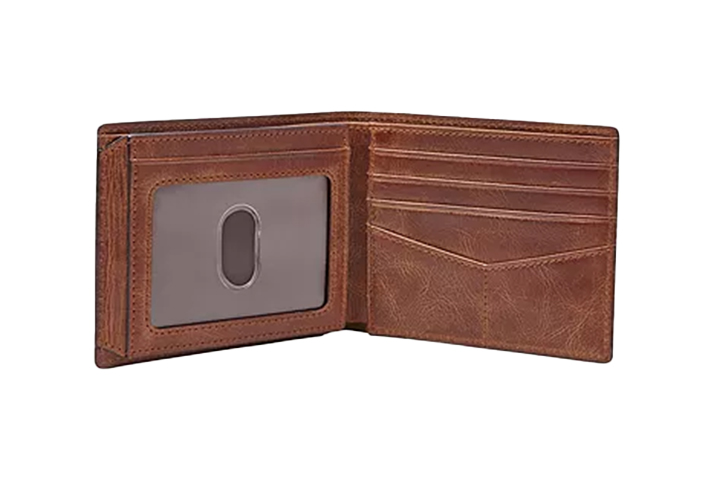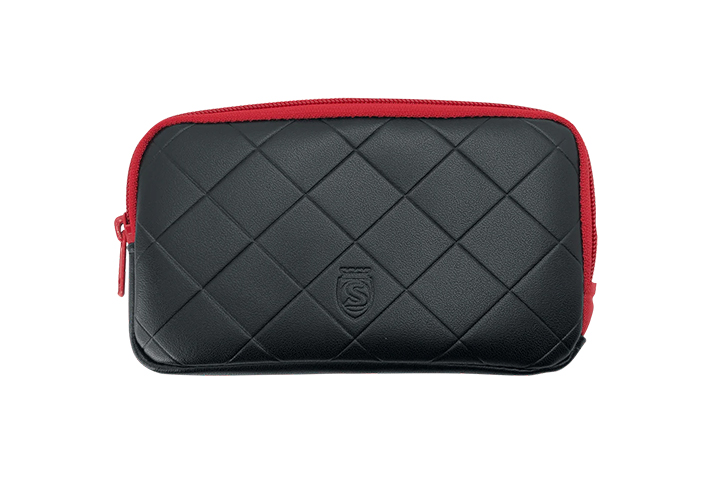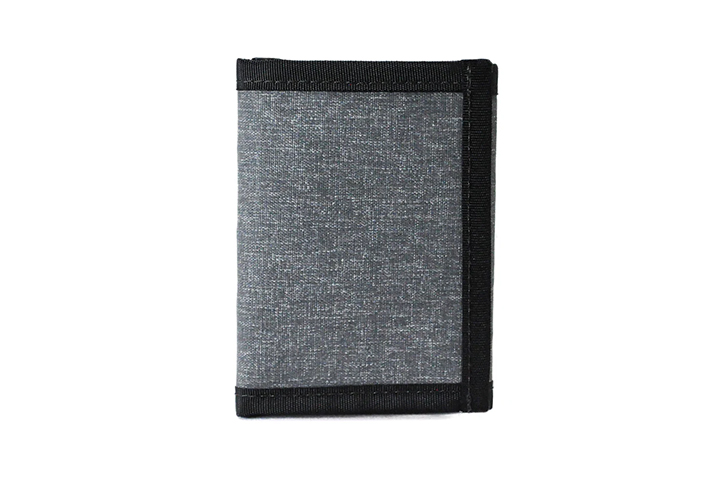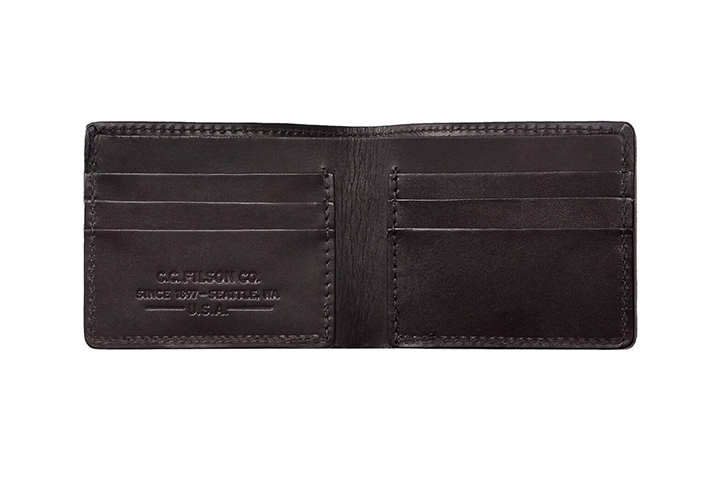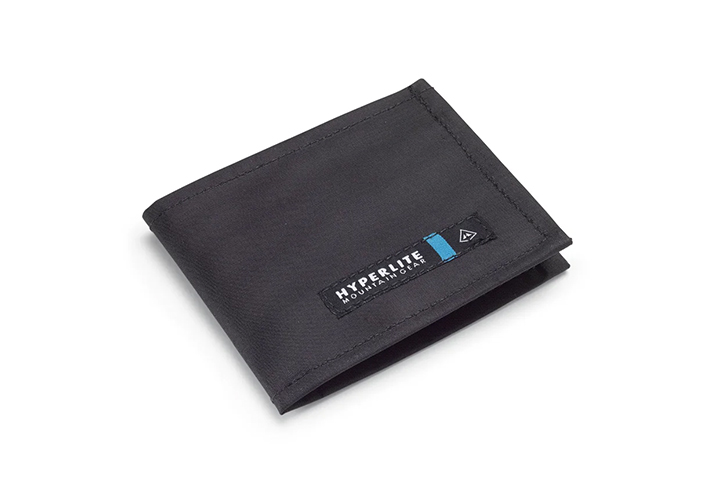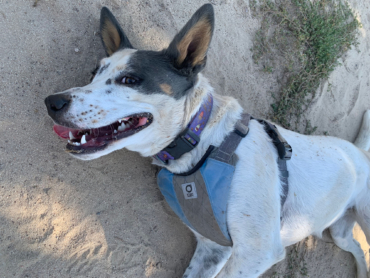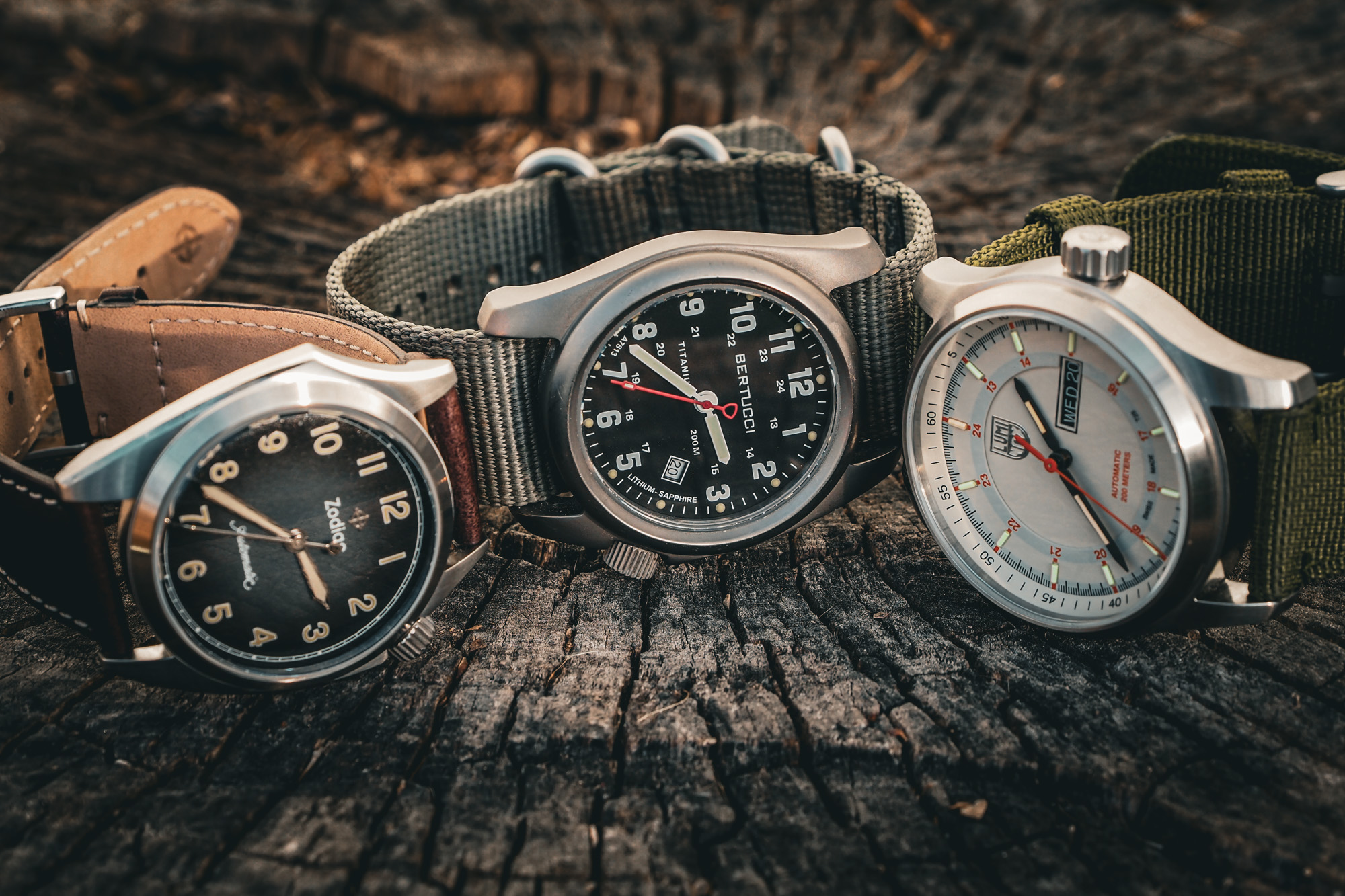Wallets are the original everyday carry. Right next to our keys and phones, we bring these card sleeves everywhere we go. For many years now, we’ve tested the best wallets for men, porting them around the world in our pockets.
Finding the perfect wallet for you is no trivial matter, and to find the best options for 2025, we browsed offerings, spoke with insiders, and scoured the internet to find the most promising choices. We then narrowed our search by capping our spend at $150 — we’d rather keep more cash in our wallet. From budget folds like the Herschel Roy to premium leather designs like the Bellroy Hide & Seek, there’s something here for everyone.
To test these wallets, lead tester Steve Graepel studies the technical details and slots them full with cards and cash, pocketing them to tease out their strengths and weaknesses. Our wallet buyer’s guide focuses on the bonafide — heavy hitters for carrying cards and cash. It’s fair to say the 400-year tradition of carrying a wallet is likely slowly fading away, so let’s make the best of it. If you buy right, this may very well be the last you’ll ever need.
With more options than ever to keep your cash these days, our guide culls the best from the spare change, pointing you in the right direction. If you’re just coming into the age where a wallet becomes necessary (or have avoided one until now), consider reading up on the finer points in our Buyer’s Guide and Price & Value sections, or weigh your options with our Comparison Chart. Otherwise, settle up and read on.
Editor’s Note: We updated our Men’s Wallets guide on October 14, 2024, to add a new Price & Value section — a detailed look at what exactly you get for your money when it comes to wallets. Like we’ve said, we’d rather keep more in the wallet than spend on it, but quality is often worth the squeeze.
The Best Men’s Wallets of 2025
Bellroy Hide & Seek
- Material: Premium eco-tanned leather
- Card Slots: 7, plus extra
- Cash Sleeve: 2
- Slide Pockets: N/A
- Weight: 2.0 oz.
- Size: 4.5 x 3.2 inches
- RFID Blocking: Yes
Pros
- Hidden sleeve stores large bills and coins
- Fantastic leather feel
- Slim design remains slim when filled
- Rounded corners make it easier to slide in a pocket
Cons
- Folding flap covering hidden cash sleeve is fidgety
- Coin purse feels bulky when filled with currency and is cumbersome to access
- Owl logo can catch on your fingernail
- Card slots will stretch if you over stuff
Herschel Roy
- Material: 600D recycled EcoSystem nylon
- Card Slots: 6
- Cash Sleeve: 1
- Slide Pockets: 2
- Weight: 2.0 oz.
- Size: 4.2 x 3.5 inches
- RFID Blocking: Yes
Pros
- Durable recycled outer material
- Thin profile
- Bargain price
- 15 color options
Cons
- Synthetic material is less formal
Tanner Goods Utility Bifold
- Material: 3.5 oz. natural tooling leather
- Card Slots: 4
- Slide Pockets: 2
- Cash Sleeve: yes
- Weight: 3.0 oz.
- Size: 4.2 x 3.2 inches
- RFID Blocking: No
Pros
- Full grain veg-tanned leather
- High quality build
- Handcrafted by machine in U.S.A.
Cons
- Takes a while to break in
- Full leather sleeves makes the wallet bulky
Pioneer Carry Flyfold
- Material: 10XD — ultra-high-molecular-weight-polyethylene that is 10x stronger than steel
- Card Slots: 2 slide pockets, with room for 8 cards each
- Cash Sleeve: Yes
- Weight: 1.2 oz.
- Size: 4.2 x 3.2 inches
- RFID Blocking: Yes
Pros
- Very durable
- Waterproof material with a DWR finish
- Inwardly facing card slots can hold lots of cards (up to 16)
- Minimal and futuristic
- Also available in a matte 3-ply material
Cons
- Expensive
- Slick material did drop a card
- Maybe too deconstructed for some
- Thin material takes away from the structure, making handling cash harder
Distil Union Wally Bifold 5.0
- Material: Full-grain leather
- Card Slots: 4
- Cash Sleeve: Clip
- Weight: 2.0 oz.
- Size: 4.2 x 3 inches
- RFID Blocking: Yes
Pros
- Pocketable size fits great in front pockets
- Thin profile
- Very secure
- Easy to count cash
Cons
- Magnet system can be hard to work with
- Can be hard to pull cash out from under the clip
Claasico Slim Bifold RFID Wallet
- Material: Leather
- Card Slots: 7
- Cash Sleeve: 2
- Slide Pockets: 2
- Weight: 2.3 oz.
- Size: 4.5 x 3.5 inches
- RFID Blocking: Yes
Pros
- Durable
- Lots of storage, including hidden sleeves
- 12 color options
- Clear ID card slot
Cons
- Leather feels slick and unnatural
- Material: Leather
- Card Slots: 10
- Cash Sleeve: 1
- Slide Pockets: 2
- Weight: 2.5 oz.
- Size: 4.5 x 3.5 inches
- RFID Blocking: Yes
Pros
- Durable
- Ample card of storage
- Clear flip ID flap with two slots
- Free embossing if purchased online
Cons
- Easy to overload, making it uncomfortable to carry
- Material: Recycled leather
- Card Slots: 1 zippered inside pocket
- Cash Sleeve: 1
- Slide Pockets:
- Weight: 2.5 oz.
- Size: 7 x 4 inches
- RFID Blocking: No
Pros
- Padded
- Zips shut
- Holds your phone
- Water resistant
Cons
- It’s a large wallet is best in stowed in the cycling jersey
- Relatively sport-specific
- Material: Composite racing sailcloth
- Card Slots: 3
- Cash Sleeve: 1
- Slide Pockets: 2
- Weight: 0.9 oz.
- Size: 3.2 x 4.2 inches
- RFID Blocking: No
Pros
- Ample storage
- Roomy cash sleeve
- Water resistant
- Slim profile for a tri-fold design
Cons
- Not suitable for formal use
- Material: 5.0 oz. vegetable-tanned bridle leather
- Card Slots: 6
- Cash Sleeve: 1
- Slide Pockets:
- Weight: 2.3 oz.
- Size: 4.5 x 3.5 inches
- RFID Blocking: No
Pros
- Handcrafted in Seattle
- Durable construction with bonded nylon thread stitching
- Pre worn-in looks with darker tanning colors
- Embossed with Filson logo
- Comes with a storage sack
Cons
- Expensive
- Limited card storage
- 5 ounce leather is tougher to break in
- Material: Dyneema composite fabric
- Card Slots: 4
- Cash Sleeve: 1
- Slide Pockets: 2
- Weight: 0.7 oz.
- Size: 4.2 x 3.5 inches
- RFID Blocking: No
Pros
- Lightest wallet in our testing
- Very durable DCF150 fabric
- Inherently waterproof
Cons
- Cash sleeve is small
- Less formal
Men’s Wallet Comparison Chart
| Wallet | Price | Material | Card Slots | Weight | Size |
|---|---|---|---|---|---|
| Bellroy Hide & Seek | $89 | Premium eco-tanned leather | 7 | 2.0 oz. | 4.5 x 3.2 inches |
| Herschel Roy | $30 | 600D recycled EcoSystem nylon | 6 | 2.0 oz. | 4.2 x 3.5 inches |
| Tanner Goods Utility Bifold | $130 | 3.5 oz. natural tooling leather | 4 | 3.0 oz. | 4.2 x 3.2 inches |
| Pioneer Carry Flyfold | $85 | 10XD | 2 | 1.2 oz. | 4.2 x 3.2 inches |
| Distil Union Wally Bifold 5 | $89 | Full-grain leather | 4 | 2.0 oz. | 4.2 x 3 inches |
| Claasico Slim Bifold RFID Wallet | $28 | Leather | 7 | 2.3 oz. | 4.5 x 3.5 inches |
| Fossil Derrick RFID Flip ID Bifold | $60 | Leather | 10 | 2.5 oz | 4.5 x 3.5 inches |
| Silca Borsa Eco | $40 | Recycled leather | 1 | 2.5 oz. | 7 x 4 inches |
| Flowfold Traveler Trifold Wallet | $45 | Composite racing sailcloth | 3 | 0.9 oz. | 3.2 x 4.2 inches |
| Filson Bridle Leather Bi-Fold Wallet | $150 | 5.0 oz. vegetable-tanned bridle leather | 6 | 2.3 oz. | 4.5 x 3.5 inches |
| Hyperlite Mountain Gear Minimalist Wallet | $49 | Dyneema composite fabric | 4 | 0.7 oz. | 4.2 x 3.5 inches |
How We Tested the Best Men’s Wallets
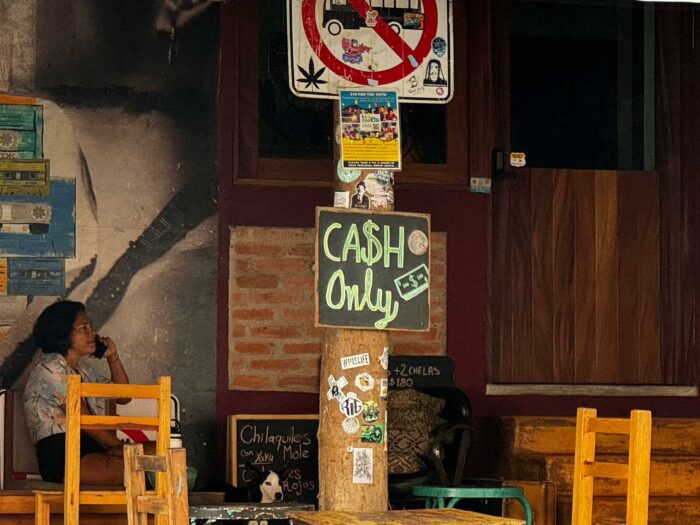
Wallets were originally designed to keep our coins and paper currency close and easy to sort. Currency has changed forms — nowadays, we reach for plastic more than paper — but the need remains the same. We like to keep our legal tender organized and easy to find.
Field Testing
Testing wallets isn’t complicated. We look at the number of cards, the wallet slots, and the direction in which the cards stack. We also note how easy it is to extract contents and what backs up the line at the Co-op. We prefer a bi-fold style wallet that can hold a small amount of bills and keeps cards put. Wallets that spit cards need not apply.
Construction and materials may cut deeper in cost, but the investment in quality adds years (if not decades) to the backend of your investment. Vegetable (veg)-tanned leather looks bleached and raw out of the box but earns a patina through wear and oils on the hands. The wallet ages a dark, golden brown as an expression of you. A wallet constructed from aero-grade aluminum, like Ridge, will likely outlast your personal taste.
We look at the stitching consistency and construction around the spine. Poorly constructed wallets will have exposed raw edges or unevenly cut material. These issues are mostly found in hand-made leather wallets but are less of an issue with bigger brand wallets found on our list. This shouldn’t exclude handmade wallets. Some of the very best wallets are handcrafted with near-perfect execution.
The biggest change in billfold technology might be the reduction in size. With the increase in plastic (and digital currency), slim, minimalist wallets can slot upward of eight cards — just enough to case your ID, insurance, and a few credit cards. If this describes how you traffic in change, give our best minimalist wallet guide a look.
Why You Should Trust Us
To test wallets, our lead wallet man, Steve Graepel, reads reviews from top sites and contacts manufacturers directly. Graepel has pocketed over 30 wallets this year, and the team at GearJunkie keeps a lively thread about what works best (and what doesn’t).
Steve Graepel has worked at GearJunkie as a contributing editor since 2009, testing everything from packrafts to bike bags, cycling bibs, sleeping bags, winter boots, and trail runners. His latest beat is travel pants, flannels, and now wallets, which falls in line with his obsession with old Land Rovers and field watches.
Before his time as a “fashion blogger,” he wrote for Travel Idaho, National Geographic Adventure, Patagonia’s Tin Shed, Trail Runner, and Gear Patrol. Graepel’s favorite wallet is the duct tape wallet made by his daughter, though you will usually find him pocketing a mid-bifold veg-tanned wallet from Stock and Barrel Co.
Buyer’s Guide: How to Choose the Best Wallet for You
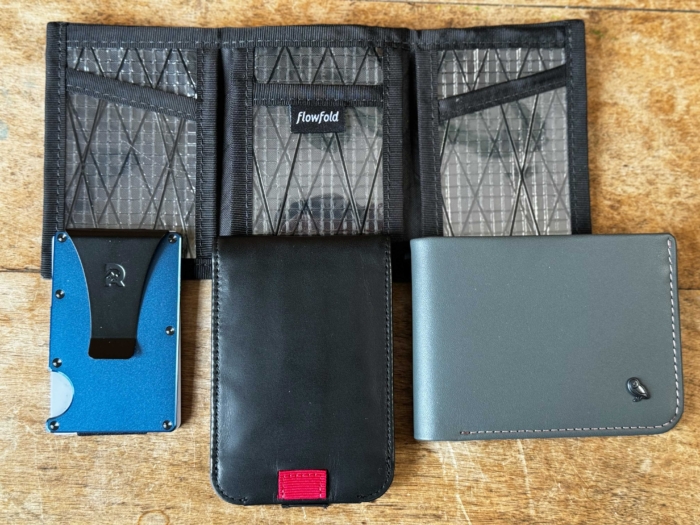
Types of Wallets
Give a man an inch, and he’ll find ten ways to count it. The same goes for wallets. There are multiple forms to store your currency. The top contenders are as follows:
Bifold
Tried and true, the bill-fold icon, the bifold wallet is as simple as it gets. Wider than tall, it folds once down the middle, slots cards horizontally with ease, and has a large single sleeve to hold paper bills. The benefit of the bifold is in its simplicity.
A single fold keeps the wallet slimmer and is generally more comfortable to carry and sit on. It does this without losing storage space. This makes it a great choice for the average buyer. Bellroy’s Hide & Seek, Herschel’s Roy, Tanner Leather Good’s Utility, and Pioneer Carry’s Flyfold are all great bifold-style bill-folds.
Tri-fold
As the name implies, the tri-fold wallet folds three times. While this may buy you more card-slotting real estate, it loses ground with cash. Filled with bills, it can feel more bulky in the pocket. This inevitably causes wear on your bills and feels more uncomfortable to sit on. We only included on tri-fold wallet this round. Flowfold’s Traveler does a great job of folding into a tight, clean bill-fold.
Card Case
Simple as it sounds, a card case has four to eight slots for cards. We don’t include these on this list. But if you are interested in options, you can check them out on our minimalist wallet buyers guide.
Even though our lead tester carries a wallet daily, his phone case from Bellroy has a card slot that can carry a card or three. This is especially useful while traveling, where it can be used to keep hotel keys with the phone. Since we never go anywhere without our phones, we don’t leave the room without the door key. Easy.
Mid-Wallet
Falling somewhere between the bifold and card case sits the mid-wallet. Taller than wide, the mid vertically slots between four and eight cards and usually two hidden slide pockets that sit behind the card slots. The slide pockets can temporarily keep a folded bill or receipt. We usually keep a few extra cards in these slots.
With the spine on the vertical, the mid drops nicely in the pocket (either front or back), but it tends to be less comfortable to sit on. Since a mid is so small, it slides comfortably into the front pocket and is a good balance for those who carry less cash.
Mids trend more minimal, so we didn’t include any mid-wallets in our roundup this year. The closest to a mid in our lineup is from Distil, and its Wally Bifold 5.0 snaps shut into a 4.2″ x 3″ card carrier with easy card access from the outside. It’s genius.
Trucker Wallet
If the card and mid-wallets are cash minimalists, the trucker is a max-cash wallet. Bills and receipts are sleeved flat on one side of the bifold-style wallet, with the other side gilled with card slots. These days, this style of wallet is often more of a fashion statement. They can be impressively embossed with detailed leather crafting, silver hardware, and braided leather or a metal chain that hooks to your belt.
We included one wallet that qualifies as a trucker in style. The Borsa Eco from Silca can carry cash and coins and store a midsize device, making it a great choice to stow in the jersey while out on a long bike ride.
Zippered Wallet
Zipping the contents of the wallet closed prevents loose change from spilling out. These types of wallets are more popular in the EU, where coins are frequently used. Given we don’t use a lot of change on this side of the pond, we don’t see a lot of zippered-styled wallets in the U.S. market. However, we did like Silca’s Borsa Eco, which zips shut.
Analyze How Much You Carry
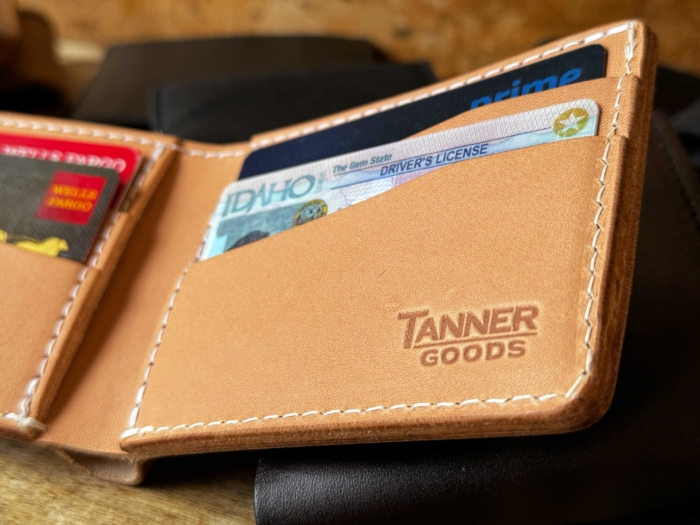
Before you open your … um wallet, give some thought about how much you need to carry in said wallet, and how it’ll fit into your everyday carry system. Look at what you currently carry and what’s sitting on the shelf in short rotation. At a minimum, you’ll probably carry a state ID and a credit card and/or debit card. Add in an insurance card, Costco card, and maybe a corporate card, and you’ll need around six slots.
If you carry cash, a paper bill sleeve is helpful. Pockets billowing with loose change? You might want a small coin purse with a snap or zipper closing the wallet shut.
A mid or bifold is great for mostly credit cards and a limited amount of bills. It’s a step up from the minimalist ‘no-cash’ policy and keeps a curated set of credit and ID on hand.
If you use cash (or, as a parent, dole out cash), a bifold or tri-fold wallet has a sleeve for paper bills and slots for cards. Rolling cash heavy and you want to make a statement (and have the selvedge denim to back it up), you might be a long, trucker-wallet-kinda guy.
What style you choose is up to you. But invest in the quality of materials, build construction, and details like slow-burnished leather sewn together with clean, straight synthetic stitching. Attention to detail pays you back in years of use.
Materials
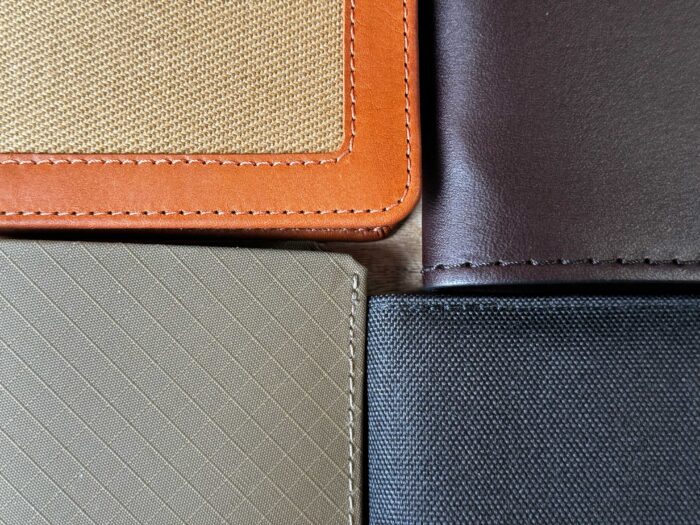
Traditional wallets are made from either chromium-tanned or vegetable-tanned leather. Chrome-tanned leather is chemically cured. On the other hand, veg-tanned leather is processed with natural ingredients like tree bark and leaves. The organic tannins adhere to the collagen proteins in the hide, leaving them less water-soluble and more resistant to bacteria. The hide can look untouched, fair, and entirely vulnerable — that’s by design.
Like denim, the patina is earned through years of use, darkening over time by rubbing against the pocket and the natural oils on your skin, giving the wallet character. Both Filson’s Bridle and Tanner Goods’ Utility wallets are made from veg-tanned leather. The Utility is a raw leather, which will patina over time.
Where the leather has been sourced also affects quality. Bridle leather from Europe or the States will likely have fewer bug bites in the hide than leather sourced from India, Nicaragua, or China. These bites can scar and blemish the hide. This isn’t a universal trait. Just be mindful and give the leather a closer look.
A well-made wallet crafted from high-quality leather is ideal for people who want a more classic look. With the right leather and construction, leather wallets can last for decades.
But leather isn’t the only game in town. Synthetic wallets can be constructed from bomber firehose cotton, recycled sailcloth, and even Tyvek, a synthetic fiber that is used in construction to weatherproof houses. If you’re lucky enough to get one, someone may spend the time to fold you a duct tape wallet.
A few — mostly card holders — are constructed from steel, aluminum, or titanium. While these are space-limiting, they feel comfortable in either the front or back pockets and can last forever. The downside is a metal wallet can scratch against keys, so you may want to put a metal wallet in a separate pocket from your keys.
Construction
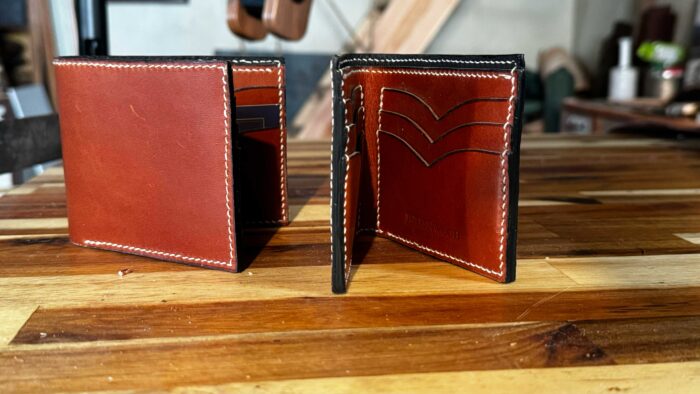
A huge part of durability is construction. A leather wallet can be made from the toughest rump of a rhino (don’t buy a rhino leather wallet), but it is put together with shoddy craftsmanship. Cutting corners inevitably leads to the early retirement of a wallet.
While it’s easy to assume handmade implies better. Cutting, punching, and stitching a wallet together requires years of accumulated artisanal skills to pull off. Consistent patterns, stitched together with heavy-gauge synthetic thread and burnished edges are much easier and consistent by a machine. The rows of threads will be regular. The edges will be finished, and the card slots aligned straight and consistent.
We stopped by our local leather smith, Jared Greenwood, to chat up leather and hand-made construction. Greenwood meticulously cuts, punches, and stitches all his wallets by hand.
According to Greenwood, the money is in the construction. “A wallet always has friction in a pocket.” The best way to add life to a wallet is through the stitch. Greenwood uses a saddle stitch. “It threads two needles to tie a knot between each stitch. If a thread breaks, it won’t fray or unravel. The longevity of a saddle stitch is far superior to a machine-sewn wallet.”
As you can guess, a handmade wallet isn’t cheap. The process can take between 6 and 10 hours to cut and sew each wallet, which can run into the hundreds of dollars. But it can be worth it. The investment usually brings a lifelong relationship with the wallet.
Poorly constructed wallets will have exposed raw edges or unevenly cut material. These issues are mostly found in cheap leather or synthetic leather wallets. A good wallet will finish all cut edges with edge dye or burnishing, a process that heats the edges, closes the pores, and gives it that dark, seamless look.
All of the wallets on our list are well-built.
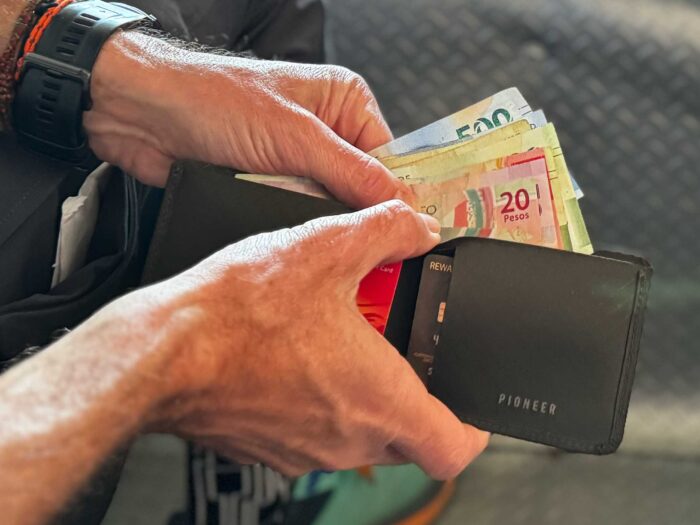
RFID Explained
RFID stands for Radio Frequency Identification. If your card is equipped with RFID, you can use it to tap or wave your card near a reader to make a purchase. This allows you to make transactions in seconds. An RFID card never has to leave your hand, so there’s no chance of you forgetting your card in the reader. If you’re not sure whether or not your card is RFID-enabled, look for a symbol that resembles a Wi-Fi symbol turned on its side.
As RFID technology becomes more prevalent, a trip to the grocery without waiting in a checkout line may be a reality. Semi-passive chips can be placed on anything to track inventory, associate the items in your cart with your card, and charge you before you walk out the door. While this technology has huge potential for streamlining shopping, it also raises some privacy and security concerns.
This convenience also makes it possible for a thief to find a way to skim your card with a portable scanner. Currently, many factors make this difficult for potential thieves. These include the necessary closeness, conspicuously wanding an NFC scanner next to another’s backside in public, and barriers between the card and the reader like a wallet with cash and other cards inside.
While the odds of your cards getting skimmed are unlikely, many wallets offer RFID blocking to completely eliminate any chances of this happening. This is mostly achieved by using materials that block or damp the signal put out from RFID-equipped cards and add a few extra dollars to the wallet’s price.
When your card is in the wallet, the material blocks the signal. When you take it out to use it, the signal is unfettered.
Is it worth it? RFID-blocking wallets typically only cost a few extra dollars. If it buys you peace of mind, you can’t really put a price on serenity. In reality, there are easier ways for thieves to swipe your data, and we recommend channeling your energy toward updating your passwords, regularly checking your credit reports for suspicious activities, and practicing safe online transactions.
Bellroy, Herschel, Distil, Pioneer Carry, Classico, and Fossil all have RFID blocking materials.
Organization
The only role of a card slot is to hold your cards, so they should do it well. In general, lesser quality, synthetic leather wallets can stretch and drop cards like leaves. But a high-quality synthetic card slot will resist stretching.
That said, the Pioneer Carry Flyfold did shed a card while testing. The material is slick, and when you don’t have a lot of cards in it, the cards sit loose. The saving grace is that the card slots face inwards, keeping cards from falling out.
Heavy-duty leather will mold its form around the cards, hugging them in place. The same rules apply if you double-stack your card slots. The leather will stretch to accommodate both cards. But if you remove a card from the stack, that stretched slot will drop cards.
Slots can stack vertically and horizontally. We’ve read some cases where mid-style wallets put too much stress on the stacked cards, causing cards to crack. The same could be said for sitting on your bifold if it’s dropped in vertically. We haven’t personally had that issue with our mid-wallets, but it’s something to keep in mind. It’s also another reason to consider carrying your wallet in your front pocket.
Price & Value
You get what you pay for — but only up to a point. It’s not a good sign if you invest more in your wallet than what’s left on the card slotted inside it. Steve picked up his first wallets at TJ MAXX for $15-20, and these wallets made a quick rotation through his pockets. “I was lucky to get more a few years out of them.”
Budget
The $15 wallet will likely use a lower-grade material and stitching that falls apart over time. A well-made leather wallet with higher-end materials will not only last longer than a poorly made one with inferior leather, but it will also look better as it ages. Steve’s current wallet from Stock and Barrel is over 10 years old and has many more left in the bank. No surprise — the key difference is in the materials and construction.
The same is true for other materials. Generally, you pay more for better build quality. That said, there are plenty of cheaper options out there, like the Herschel Roy ($30) and Claasico Slim Bifold ($28). Just be prepared to replace a less expensive wallet sooner. Our bargain wallets start between $30 and $40 but can be found on sale for about half the price and will serve you well for many years before its time to upgrade.
Mid-Tier
Paying a bit more for a wallet gets you a good bit more longevity and, typically, nicer leather. Our top pick, the Bellroy Hide & Seek ($89), is made from premium stuff, and you can feel it in your hand. These wallets also sport more refined card sleeves and bill pockets, with extra stealth sleeves being common on the Bellroy.
For between $50 and $100, you also gain a good bit more specialization. The Pioneer Carry Flyfold ($85), for example, is a unique design that goes all in on textile science to produce to supremely slick wallet. The Distil Union Wally Bifold 5.0 ($89), too, has outsized utility in its sliding card sleeves for quick-deploying cards.
Premium
If you’re paying $100+ for a wallet, it’s some premium stuff. There’s a huge range to the quality of leather, but expect wallets in this range to use full instead of top-grain leather and sport rounded edges and tough nylon thread to bind them together.
The top-dollar Filson Bridle Leather Bi-Fold Wallet ($150) was the most expensive in our review, and for something just a bit cheaper (and equally nice), we liked the “wear-in-yourself” nature of the Tanner Goods Utility Bifold ($130) just a bit more.
Frequently Asked Questions
While cash is being used less and less in the U.S., it’s still common to use paper currency in other countries. And you still need something to protect and organize your cards. A wallet is the best way to do both.
An entire Seinfeld episode was dedicated to this discussion. And if we learned anything from George Castanza, less is more. It looks better and is more comfortable to carry.
A thinner wallet starts with reducing what you carry to just the essentials. Regularly remove outdated receipts and ask yourself if you need to carry that (for example) Costco card during the week, or if it sits next to your keys until the weekend.
Once you’ve culled the contents, consider a bifold over a tri-fold wallet. A tri-fold wallet folds paper bills three times as opposed to simply folding them over once in a bifold. In general, the ideal thickness should be about half an inch thick when full. A wallet should not be more than 3/4 of an inch thick. We loved how the Pioneer Carry Flyfold could rack up with a heavy set of cards and still have a thin presence.
Another contested debate, but studies show it’s better on your body and puts less stress on your cards when you carry your wallet in your front pocket. Plus your wallet is less exposed to would-be thieves when stored in the front pocket.
If you are traveling, take a look at our picks for best travel pants. We list plenty of options to comfortably and safely carry wallets on the go. For traveling to countries that dispense coins as change, we really like the Western Rise Evolution 2 Pants. It has a substantial coin pocket that’s easy to reach into.
It’s tough to beat an alloy wallet for longevity. Ridge uses aerospace-grade aluminum alloy. That said, a good leather wallet will last for years (especially if sewn together with a saddle stitch), look better over time, is more comfortable to handle, and easier to use when carrying cash.
Tanner Good’s Utility wallet is the most durable wallet on the list, with Filson’s Bridle a close second. If you prefer synthetic materials, Pioneer makes an incredibly durable wallet.
No. If it buys you peace of mind, it’s an inexpensive added cost. However, there are more effective ways to protect your personal data. Bellroy, Herschel, Distil, Pioneer Carry, Classico, and Fossil all use RFID blocking materials.
A simple card holder will be your simplest wallet. No folds, nor bulk; it can only hold a few cards, and that’s it. For a bit more room, we recommend a mid-wallet. While a small wallet, a mid-wallet has a small sleeve for cash (or extra cards).
Slim wallets are the most efficient bifold and we can’t fault anyone for using one. You just need to resist the urge to store unnecessary items in the slots and sleeves. We don’t have a true card or mid-wallet on this list. The Wally 5.0 from Distil Union comes close and is our favorite option for keeping your currency tight and tidy.

The Best Minimalist Wallets of 2025
We tested the best minimalist wallets from Ridge, Chums, Pacsafe, and more to help you step up your everyday carry game in comfort and style.

The Best Men’s Travel Pants of 2026
We’ve tested the best wrinkle-resistant, quick-drying, and comfortable travel pants for men this year. Check out all our top picks from brands like Bluffworks, LIVSN, Western Rise, and more.
